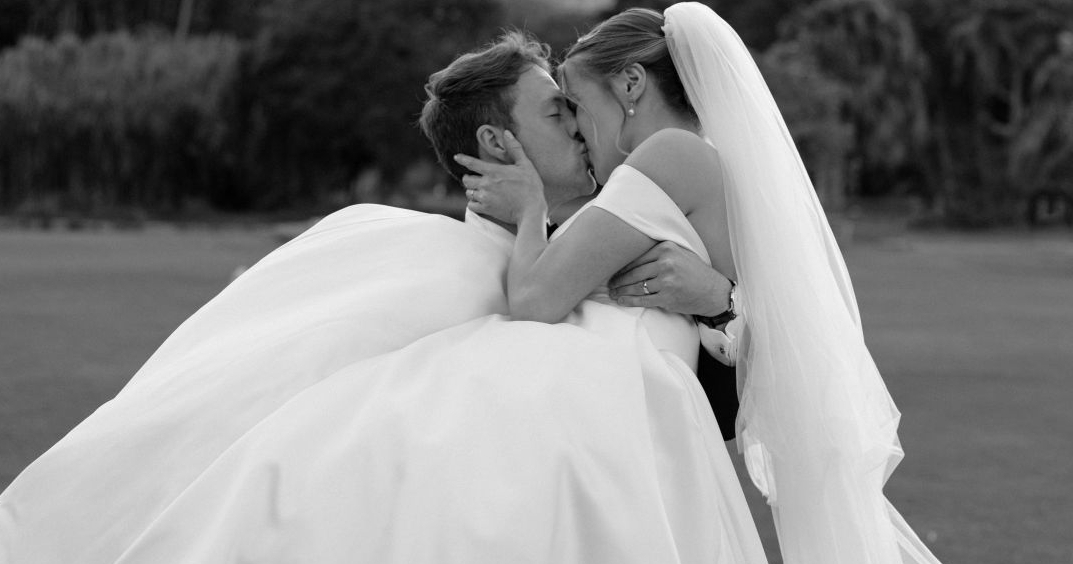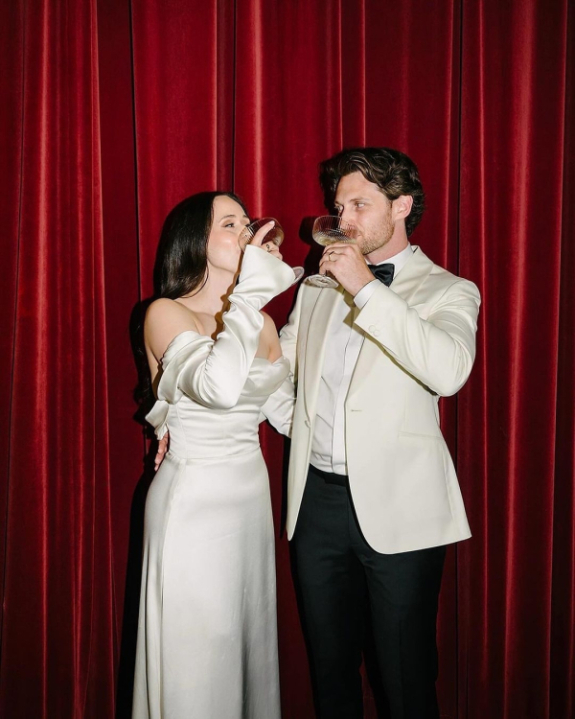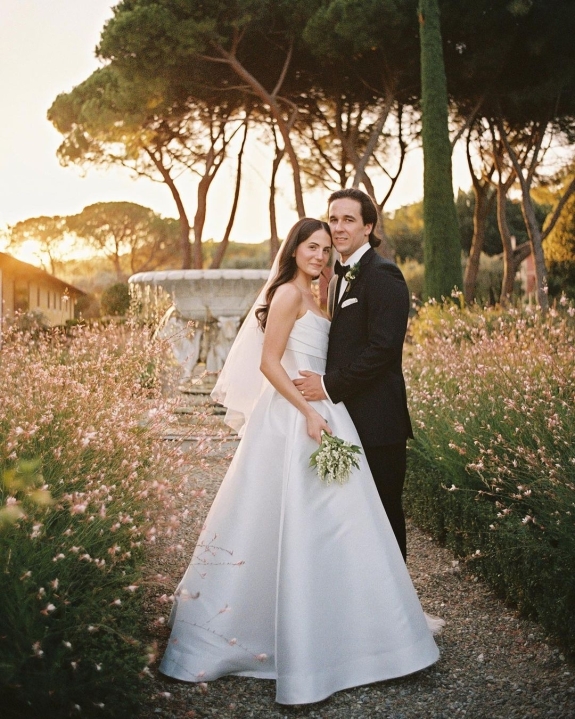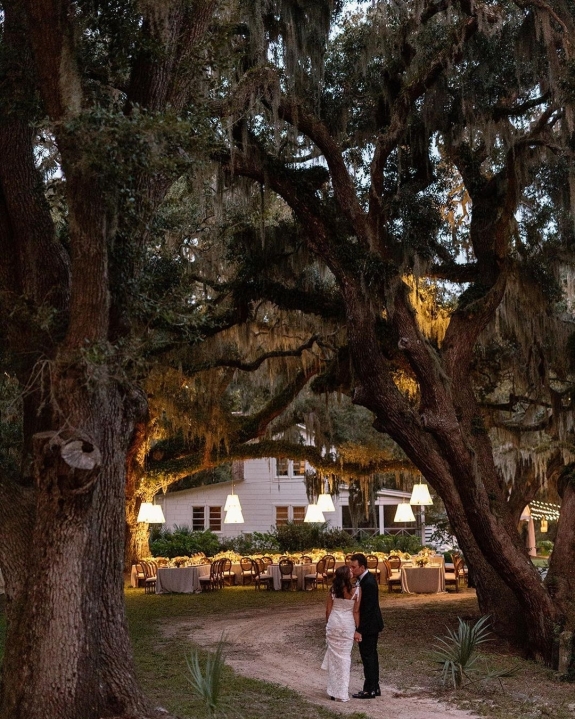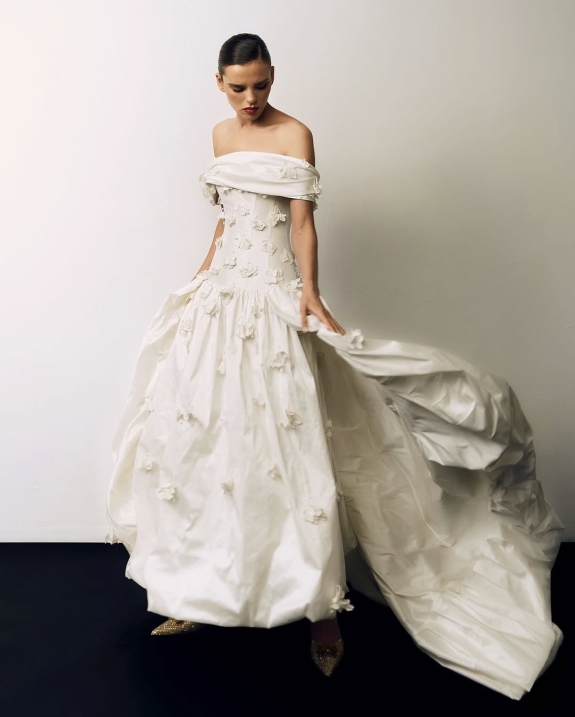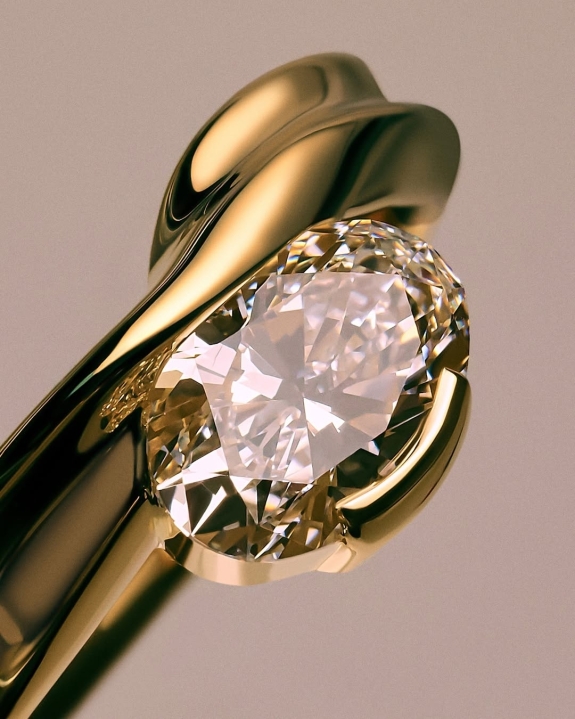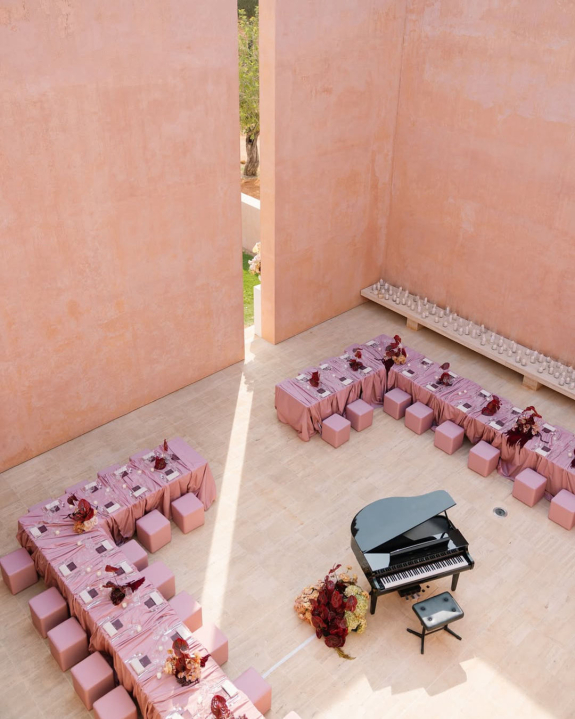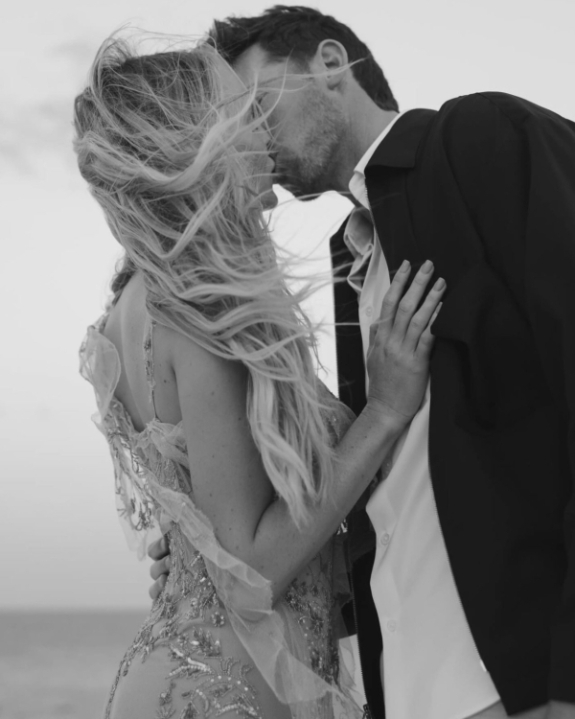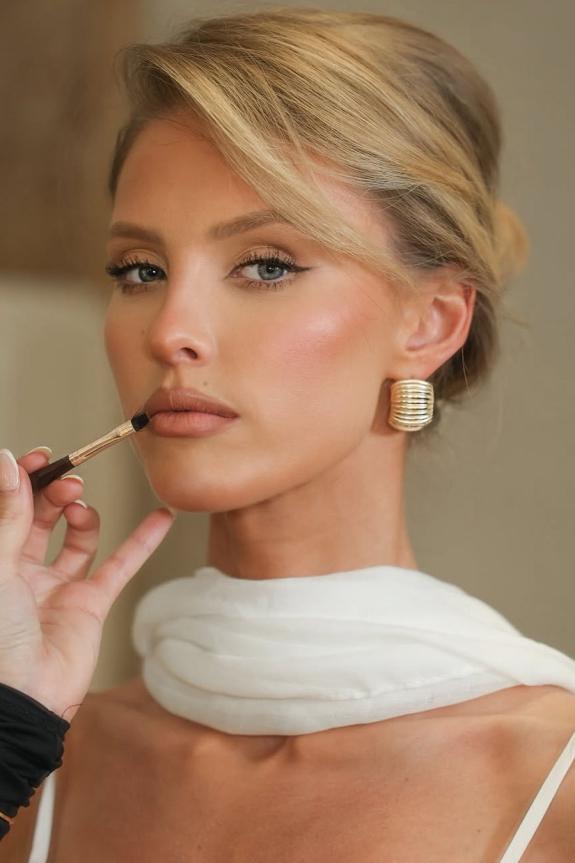With a creative mind and an unwavering artist’s soul, photographer Oliver Hartley captures moments forever special. His candid, emotion-fused imagery captures stories of people who dream and love without bounds. Through his lens, Oliver transforms fleeting moments into timeless treasures, giving couples the gift of reliving their special day long after the last dance has ended. In an interview with THE WED, Oliver talks more about the art of capturing weddings and the unique approach he brings to every celebration.
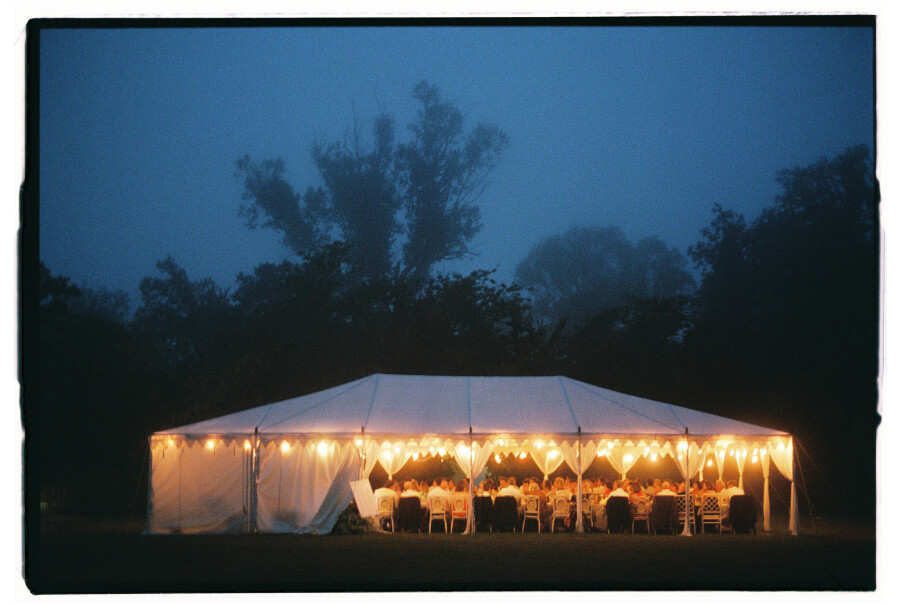
In your work you combine digital and film. Why did you choose to shoot in a hybrid style? What do you enjoy most about this approach?
It started at the very beginning of my career as an experiment. I grew up learning how to photograph on film, but I didn’t initially expect any modern couple to really be that interested in film. It was a big part of my life growing up, but I didn’t quite expect it to resonate so strongly with so many people. I was wrong.
Maybe it’s nostalgia. Maybe we all grew up seeing early family photographs on film and want to recreate that for the biggest family event of a lifetime: a wedding. But maybe it’s something else: we live in a world that pursues perfection. To smooth all the wrinkles, to cover all the spots, to hide all the feelings and the pot holes and crooked limbs.
Film is the opposite of that. It doesn’t matter what you do to it: the silver halide crystals will coalesce into an order, but never a perfect order. Grain, dust, wrinkles and spots. It’s the imperfect antidote to a world that trims every hedge, gentrifies every street corner, and lays asphalt over every blank and irreverent space. It’s slower, and harder, and more expensive. But it’s oh so worth it.
How do you achieve that signature "perfectly imperfect" look in your photos?
I try to remind myself all the time that I am a photographer of people, not a “wedding photographer”. I am documenting the lives of all the guests, the families and friends. As much as the day is about celebrating the couple, I adore digging into the nuances and personalities of the guests just as much as the two beautiful people getting married. It builds a bigger and more complete gallery of a day from an authentic perspective.
That sometimes means taking time to have a conversation with people and being actively engaged in the day rather than hiding in the background, particularly outside of the formalities. From this inevitably arises some imperfection, because it involves real people feeling and doing real things without a filter. There’s something about spontaneous, chaotic creation that really gets me inspired. Natural imperfection is always exciting.
For weddings, I want to be guided by feelings and spontaneity. Anything that makes me feel something is where I point the camera. If the light is great, that’s a bonus.
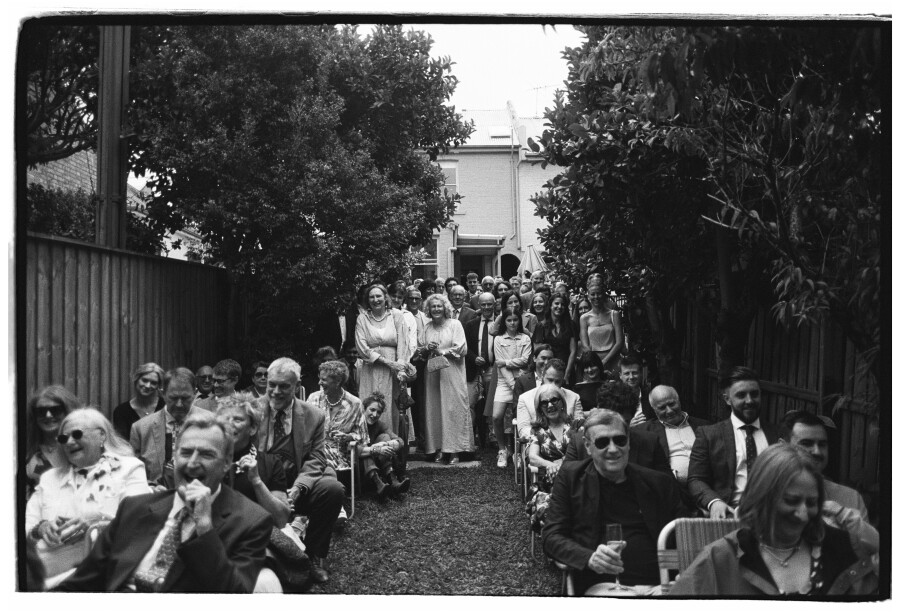
If you could photograph your dream wedding, what would it be like? What special details would make it perfect for you?
Any wedding where people genuinely let me in to their lives, let their guards down, and enjoy and savor the day spent with friends and family. It allows me to be an observer and a listener, and build my trust with everyone so that I can catch very special unguarded moments.
Weddings often include beautiful cultural and religious traditions. How do you make sure to honor and capture these customs respectfully, especially if they're new to you?
What I love about cultural traditions are that they are always so wonderfully complex, thoughtful, fun and sometimes a little chaotic. They really bring guests into the present moment. That lets me do my job so well, because everyone is ‘in the moment’.
In that sense, I don’t find it matters if a cultural or religious tradition is familiar or new to me. As long as I know how to be respectful within the tradition and the ceremony, I can be a careful observer, which is my favorite thing as a photographer.
How do you approach photographing destination weddings?
There’s always something special about destination weddings. It’s an excuse for everyone to take a holiday, and often to explore a new part of the world. That buzz of excitement is something I try to reflect in my work.
People think that destination weddings are fun and glamorous, but they’re also a lot of hard work with extra research, scouting and logistics. Shooting film at destination weddings has recently become more tricky. A lot of airports have new CT scanners at security that can damage film, so you need to be strategic about traveling with film. I will often post film off ahead of me so that it avoids having to go through security, but that’s always a fun challenge, especially if you’re navigating the post office in a small village in Italy!
What’s one trend in wedding photography that you think will become a new classic?
This may seem a little controversial from a photographer, but I think content creation on iPhones is the beginning of something much, much bigger. Wedding documentation in general has become a lot less “stiff” and traditional in the last five years, with a lot of growth in film, instant, point-and-shoot and phone content being mixed in with photographs from what I would call “traditional big cameras”.
More controversially, I like it. I think it is sometimes great to start from first principles, and to me, that ultimately means documenting a celebration of love, family and friends in the most natural and genuine way possible.
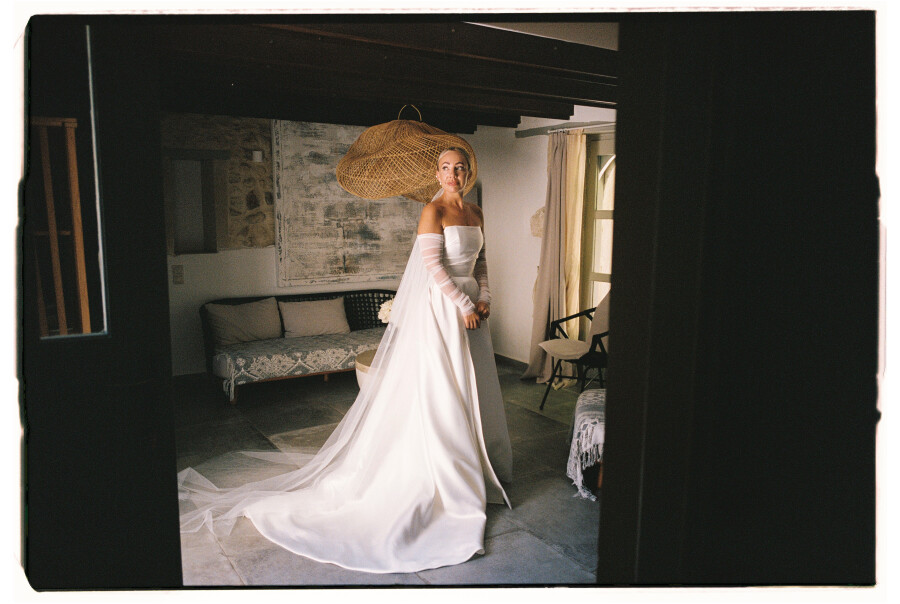
How do you ensure that each wedding you photograph feels unique and special in your portfolio?
It has to be about the people, not just the aesthetic. Even just the way two people hold hands can tell a unique love story. People are fascinating, complex, wonderful, flawed, funny and real. Finding a way to put that in a photograph is really, really hard. On a wedding day there are so many constraints and competing interests. Not just time, but weather, priorities, other guests, you name it. Navigating around that while taking really meaningful photos that convey feelings and emotions is a challenge. A really fun and rewarding challenge.
What’s your favorite part of the editing process, and why?
It must be when the film scans come back from the lab. I sometimes feel like I am extra lucky to be the first human to peek at all the silver halide crystals that have coalesced into what can only be described as ‘a little bit of magic’.
I am a very fussy editor, so I also love one of my last steps in editing: the final cull. I often get a gallery down to a final collection of photographs and then ruthlessly pick away at it to catch any superfluous photos. I think sharing too much can really eat into the feeling of a full gallery so I like to be as concise as possible. I never want to give someone two photos that look virtually identical and ask them to choose. I firmly believe that is my job to make that call and deliver a tight gallery.
